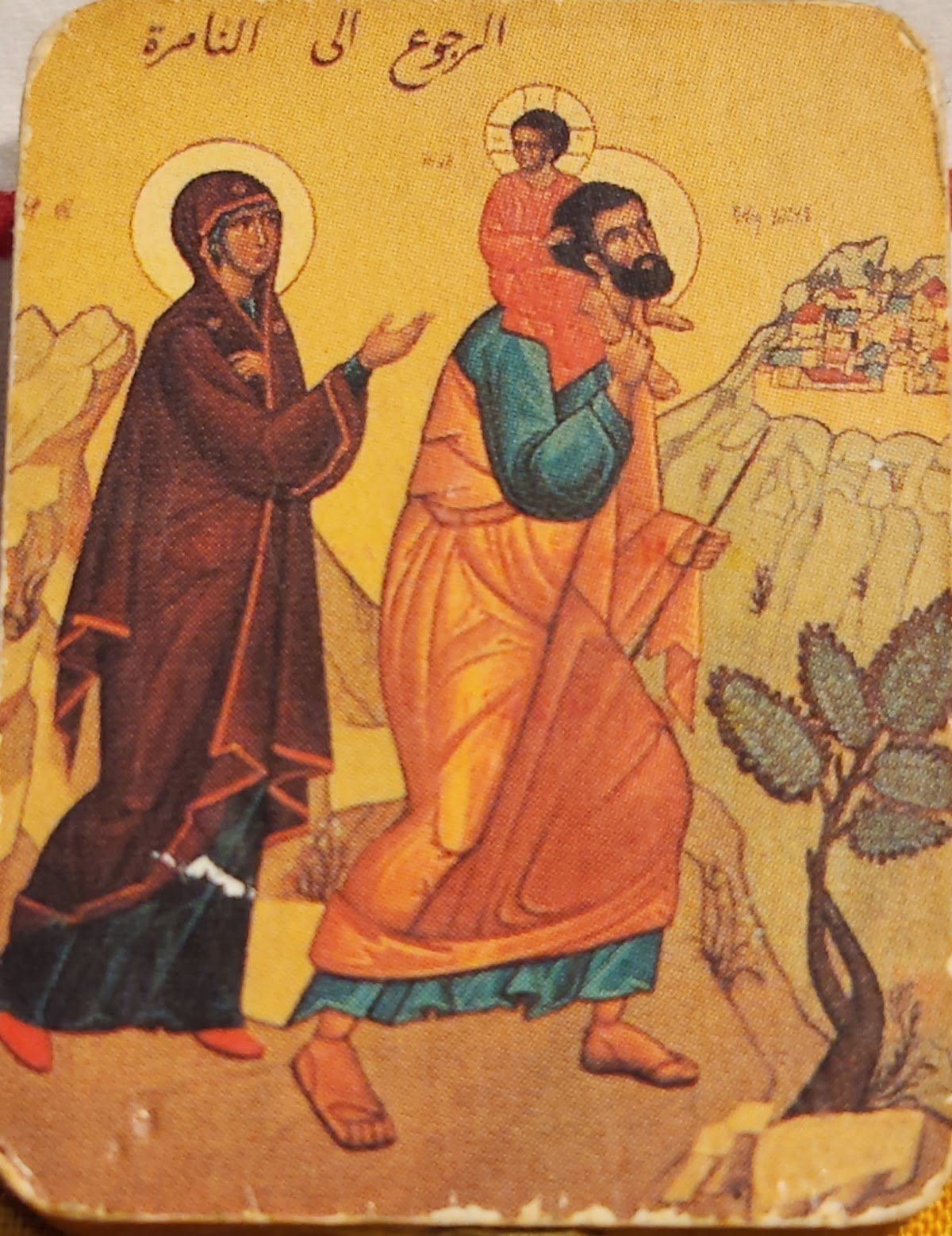Faithfulness to my own history
I pulled these sections from a longer post because they are a positive expression of my background with social justice issues as a Catholic.
Nineteenth-century Europe saw the rise of social Catholics, as described in a recent article:
“These were a loosely connected series of groups and individuals, dotted across Europe during the 19th century, increasingly concerned about modern economic problems, with their apotheosis in the Industrial Revolution. […] The social Catholics saw these economic problems as different than the problems of poverty in the Middle Ages, different because they were inaugurated by new conditions. This is why they called themselves ‘social.’ But they also saw themselves as ‘traditional,’ framed in that particular way that the French Revolution of 1789 and subsequent revolutions imbricated: choosing Catholicism, desiring that it exist and flourish.” (“Against Integralism” by Carpenter and Huff).
In the United States, Catholic immigrants were pivotal in the development of labor unions. The civil rights movement of the 1960s was rooted in the experience of the Black church. Other Christians including Catholics joined the struggle for the recognition of human rights and dignity.
My father was moved by the words of John F. Kennedy, who invited citizens to “ask not what your country can do for you; ask what you can do for your country.” And when President Johnson began his war on poverty, my father attended training. After working to help people find jobs, he realized that he would have the most impact on poverty as a high school teacher, where he belonged to the union and went on strike for better conditions. Working a part-time job at a dry cleaners, he met a cobbler who survived the Holocaust, and dad made sure that I met him and talked with him about what happened to him and his family in the death camps.
For 18 years, he and my mother were part of the Christian Family Movement (CFM). They followed the method of “observe, judge, act” in responding to various social and economic events impacting families. The family solidarity of CFM created a buffer against a hostile world. One time, members helped my parents paint their living room. Growing up, I had opportunities to help out with projects like helping to winterize a house for a family whose father was in prison. When the AIDS epidemic hit in the 1980s, my father had his students read about it in the classroom magazine, so that they would be aware of the dangers and protect themselves.
Growing up, I saw various impacts of cultural shifts. My family knew women divorced by their husbands and left with nothing, or women that lived in hiding from abusive spouses. We also knew a couple where the wife had married a husband she knew was gay, but who later divorced. The husband was a friend of the family. I also watched as many priests left the priesthood and as religious sisters stopped teaching grade school for free as they returned to the spirit of their founders. Some things I didn’t see. For example, I never knew growing up that the teenager across the street hated the Catholic Church because he had been sexually abused by the priests at my parish before he was a teenager.
As I became an adult, I had other experiences. I helped out when the AIDS Memorial Quilt came to town. I spent a year with L’Arche in Washington, DC, living and working with mentally handicapped adults. When the AIDS Quilt came to the National Mall, I accompanied a core member to mourn the dead. One of the dead was a priest I knew before going to L’Arche. His mother gave him a discreet funeral in his town where he was born, but his congregation in the city made him a piece of the quilt. The impact of AIDS on priests was reported on by the Kansas City Star and the Dallas Morning News a few years later. I learned that the president of my college had also died of AIDS. To deepen my memory of my own history, I recently read Hidden Mercy: AIDS, Catholics, and the Untold Stories of Compassion in the Face of Fear by Michael O’Laughlin. In that book, O’Laughlin recounts the experience of Catholics who worked with people suffering with AIDS in the 1980s and 1990s and who witnessed the deep personal love of men for their partners in sickness and in (the worst) health, at a time when gay people had no access to shared health plans through marriage or domestic partnerships.
My love of the church and the history of the church has a long history. Going to public schools after Catholic primary grades made me curious about Protestants and the history of division among Christians. When I was 20, I read Henri de Lubac’s magnificent book Catholicism: Christ and the Common Destiny of Man. In that book, de Lubac presented a profound integration of sacramental faith with social Catholicism which I haven’t seen since.
I’ve been reading a lot of history lately. I read Cities of God: The Religion of the Italian Communes, 1125–1325 by Augustine Thompson, which I finally finished last year. I just finished reading Nothing Gained Is Eternal: A Theology of Tradition by Anne Carpenter, which takes its title from poet Charles Péguy. I’m currently reading How the Word Is Passed: A Reckoning of the History of Slavery Across America by Clint Smith and Afro-Atlantic Catholics: America’s First Black Christians by Jeroen Dewulf. On deck is The History of Black Catholics in the United States by Cyprian Davis and The 1619 Project.
That’s a bit of my own history. I plan to post reviews of some of these books. I’m curious and excited at what comes next.
